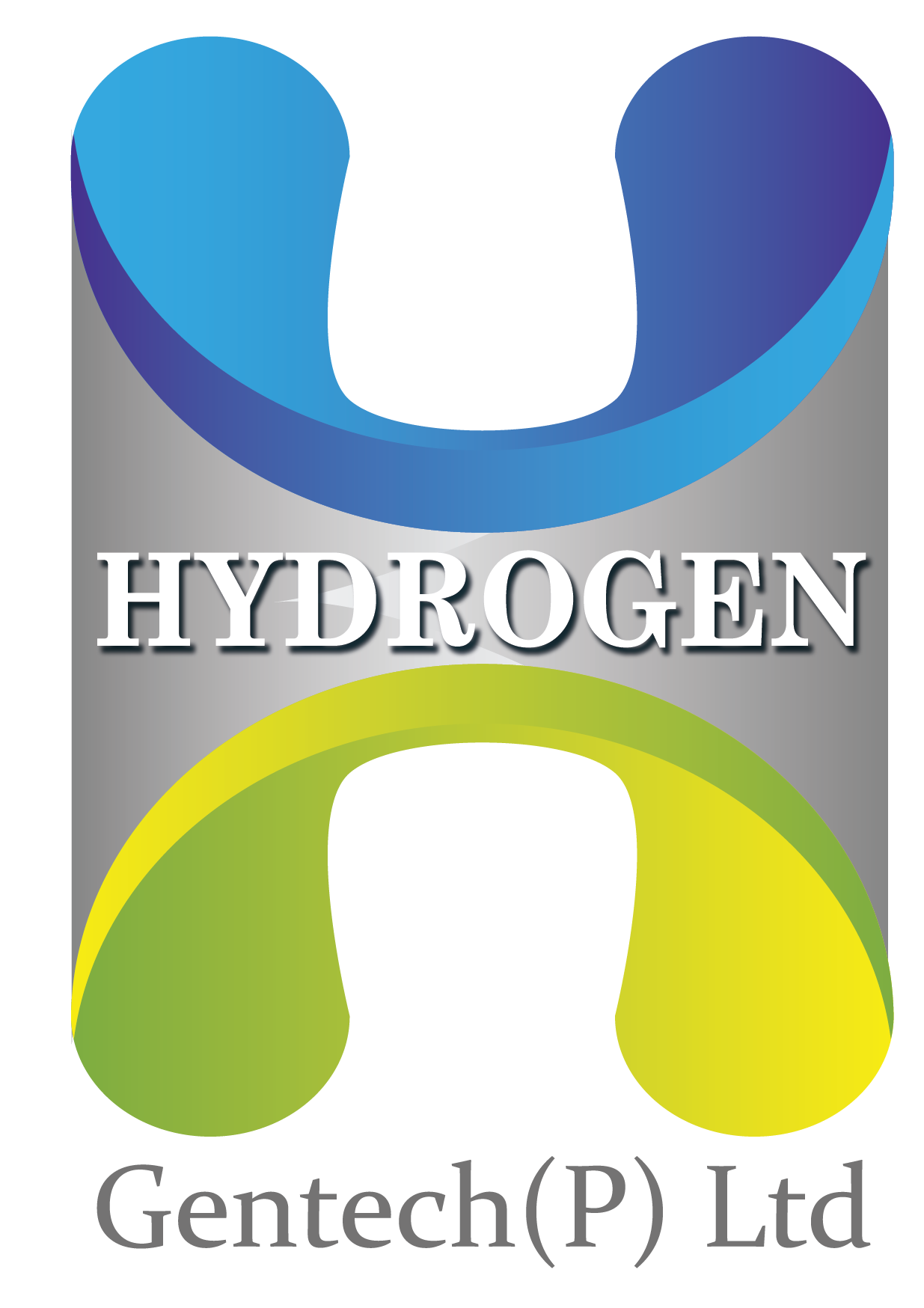Hydrogen produced from industrial processes like alkaline electrolysis, steam methane reforming, or partial oxidation contains impurities that must be removed before end use. These impurities may include moisture, oxygen, nitrogen, carbon monoxide, carbon dioxide, and traces of hydrocarbons or alkaline carryover. Hydrogen Purification Units (HPUs) are critical in ensuring that hydrogen reaches the desired purity levels for applications in fuel cells, metallurgy, chemicals, pharmaceuticals, and electronics. This article explains how HPUs work, the technologies involved, and where they are used.
What is a Hydrogen Purification Unit (HPU)?
A Hydrogen Purification Unit is an engineered system that removes contaminants from raw hydrogen gas and upgrades it to a specific purity level—often >99.999%. The purification process depends on the source of hydrogen, the composition of impurities, and the end-use purity requirement.
HPUs are modular or skid-mounted in most modern installations and are integrated with upstream hydrogen generators (electrolyzers or reformers) and downstream storage or distribution units.
Why Hydrogen Purification is Necessary
- Fuel Cells: Require ultra-pure hydrogen (typically >99.999%) to avoid catalyst poisoning.
- Industrial Reactors: Contaminants like CO and moisture impact product quality or trigger unwanted reactions.
- Pipeline Injection: Purity standards must be met for compatibility with infrastructure and blending ratios.
- Safety and Efficiency: Impurities can affect flame characteristics or lead to pressure build-up and corrosion.
Key Contaminants in Raw Hydrogen
Depending on the hydrogen generation method, typical impurities include:
- Water Vapor (H₂O): From electrolytic and reformer systems.
- Oxygen (O₂): Residual from alkaline or PEM electrolysis.
- Nitrogen (N₂): Air ingress or used as sweep gas.
- Carbon Monoxide (CO): By-product in SMR or gasification.
- Carbon Dioxide (CO₂): Residual from reformers or PSA off-gas reuse.
- Lye Mist: In alkaline electrolysis systems.
The removal of each contaminant requires specific treatment steps or purification modules.
Common Technologies Used in HPUs
1. Pressure Swing Adsorption (PSA)
- Principle: Uses adsorbents like activated carbon or zeolites to trap impurities under high pressure.
- Operation: Gas flows through adsorbent beds; impurities get adsorbed while hydrogen passes through. Beds regenerate via pressure drop.
- Purity Range: Up to 99.9999%
- Advantages: No chemical reagents, low maintenance.
- Use Case: Preferred for reformer-based or large-volume hydrogen purification.
2. Catalytic Recombination
- Principle: A catalyst promotes the recombination of H₂ and O₂ into H₂O.
- Operation: Trace oxygen is converted into moisture, which is removed using dryers.
- Use Case: Used in electrolyzer-based hydrogen systems where residual O₂ is present.
3. Palladium Membrane Purification
- Principle: Hydrogen diffuses selectively through palladium alloy membranes at high temperatures.
- Purity Range: Ultra-high purity (>99.9999%)
- Advantages: Absolute barrier to non-hydrogen gases.
- Use Case: Electronics, pharmaceuticals, and lab-grade hydrogen production.
- Limitation: High capital cost and sensitive to sulfur or halides.
4. Dehumidification Units
- Type 1: Desiccant Dryers (e.g. molecular sieves)
- Type 2: Refrigerated Dryers (rarely used for ultra-pure hydrogen)
- Function: Remove water vapor from hydrogen streams after catalytic recombination or gas-lye separation.
5. Coalescing and Mist Filters
- Function: Remove entrained lye or liquid aerosols.
- Use Case: Downstream of gas-lye separators in alkaline electrolyzer-based systems.
6. Getter-Based Purification
- Principle: Reactive materials capture impurities by chemical bonding.
- Use Case: Specialized high-purity or low-volume applications like semiconductors.
Sequence of Operation in a Typical Hydrogen Purification Unit
- Inlet Gas Filtration: Coalescing filters remove aerosols or droplets.
- Oxygen Removal: Catalytic recombination reduces residual oxygen to water vapor.
- Dehydration: Desiccant or molecular sieve dryers eliminate moisture.
- Carbon-Based Impurity Removal: PSA or getter systems target CO, CO₂, and hydrocarbons.
- Final Polishing: Optional palladium membranes or fine filters for ultra-high purity.
- Gas Analysis: Online sensors verify purity before dispatch or storage.
This sequence may vary based on application, flow rate, and impurity profile.
Control and Instrumentation
- PLC or DCS Integration: For remote monitoring and automation.
- Pressure and Flow Transmitters: Ensure stable operating conditions.
- Purity Analyzers: Hydrogen sensors, oxygen traces, and moisture detectors.
- Safety Interlocks: Shutdowns triggered by high impurity levels or pressure anomalies.
Use Cases Across Industries
1. Green Hydrogen Production (Electrolyzers)
- HPUs purify hydrogen exiting alkaline or PEM stacks.
- Target Purity: >99.999%
- Importance: Enables use in mobility, grid injection, or fuel cell applications.
2. Ammonia or Methanol Plants
- Raw hydrogen from reformers is purified before synthesis loops.
- PSA units are common.
3. Semiconductor and Electronics
- Ultra-pure hydrogen is required for etching, annealing, or wafer processing.
- Palladium membranes or getter systems are used.
4. Metallurgy
- Used for annealing, sintering, or heat treatment in a reducing atmosphere.
- Moisture and oxygen levels are tightly controlled.
5. Pharmaceutical and Laboratory Applications
- High-purity hydrogen used in GC, hydrogenation, and reactor systems.
- Purification ensures no cross-contamination.
6. Mobility and Hydrogen Refueling Stations (HRS)
- Hydrogen must meet ISO 14687 standards.
- HPUs are coupled with dryers and monitoring systems to ensure compliance.
Emerging Trends and Innovations
- Modular Skid Design: Faster deployment and space optimization.
- AI-Powered Predictive Maintenance: Monitoring impurity trends to preempt filter or bed replacement.
- Hybrid Systems: Combining PSA and membranes for flexibility and redundancy.
- Renewable Integration: HPUs integrated with renewable-powered electrolyzers for green hydrogen projects.
Challenges and Solutions
- Fluctuating Flow Rates: HPUs must handle variable loads from renewable-powered electrolyzers. Buffer vessels and load-balancing logic are used.
- Impurity Overload: Spike in impurities can saturate adsorbents or damage membranes. Inline sensors and alarms are critical.
- Material Compatibility: Use of SS316L, PTFE, and corrosion-resistant coatings to withstand caustic or acidic contaminants.
- Operational Downtime: Redundant beds or parallel trains minimize shutdowns during maintenance.
Conclusion
Hydrogen Purification Units are the gatekeepers of quality in hydrogen production. Whether the hydrogen comes from water, fossil fuels, or industrial by-products, it must meet strict purity standards before use. By combining proven technologies like PSA, catalytic recombination, and membrane filtration, HPUs ensure reliable and safe hydrogen delivery across sectors. As hydrogen applications scale up globally, HPUs will remain a cornerstone of every efficient and compliant hydrogen ecosystem.

